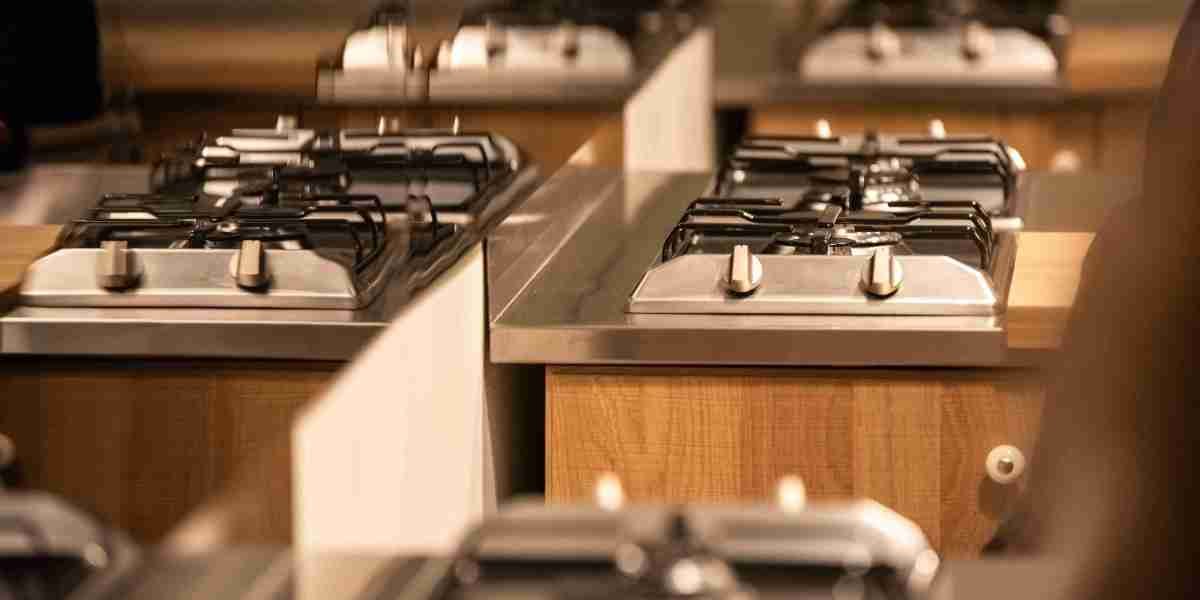Understanding Built-in Ovens and Hobs: The Perfect Kitchen Combination
As modern kitchen areas evolve, built-in appliances are ending up being significantly popular for both performance and aesthetics. Among these appliances, Bosch Serie 4 Built-In Oven With 3D Hotair ovens and hobs stand out as important parts for any cooking enthusiast or home cook. This article checks out the advantages, functions, and considerations surrounding Beko 99L Built-In Double Oven - Stainless Steel ovens and hobs. It likewise attends to common questions, providing a detailed guide to these kitchen basics.
What are Built-in Ovens and Hobs?
Built-in ovens are Integrated Oven electric into kitchen cabinets, developing a smooth, seamless appearance. They come in various types, including conventional, convection, and steam ovens, each dealing with various cooking methods. Hobs, on the other hand, are the cooking surfaces that integrate with the kitchen counter top. They can be gas, electric, or induction, permitting cooks to select based upon their cooking style and energy choice.
Advantages of Built-in Ovens and Hobs
- Space-Saving: Built-in models maximize kitchen space by eliminating the requirement for freestanding units, developing an open and airy environment.
- Visual Appeal: Their sleek style contributes to a modern-day, structured appearance in the kitchen.
- Improved Functionality: Built-in ovens often feature advanced cooking innovation, providing a series of functions like self-cleaning and wise controls.
- Personalization: Manufacturers offer a variety of finishes and designs, permitting homeowners to customize their appliances to match their kitchen décor.
Kinds Of Built-in Ovens
1. Standard Ovens
Conventional ovens utilize convected heat from the bottom and can be perfect for baking.
2. Convection Ovens
Convection ovens have a fan that distributes hot air, ensuring even cooking. They minimize cooking time and are best for roasting meats or vegetables.
3. Steam Ovens
Steam ovens use wet heat to prepare food, preserving nutrients and tastes. They are becoming progressively popular among health-conscious cooks.
4. Microwave Ovens
These ovens offer quick heating and cooking and serve various functions, from reheating leftovers to baking.
Types of Hobs
1. Gas Hobs
Gas hobs use natural gas or propane for cooking. They offer instant heat control, making them a preferred among professional chefs.
2. Electric Hobs
integral electric ovens hobs have solid or ceramic surfaces that warm up via electric coils. They are easy to tidy however might take longer to heat than gas designs.

3. Induction Hobs
Induction hobs utilize electro-magnetic energy to directly heat up pots and pans, using rapid heating and energy efficiency. They cool down quickly and supply a more secure cooking experience.
Factors to Consider When Choosing Built-in Ovens and Hobs
When picking built-in ovens and hobs, several factors should be thought about:
1. Area Limitations
Procedure the offered area in your kitchen to make sure that the appliances will fit seamlessly into the cabinetry.
2. Cooking Style
Consider your cooking routines. If you frequently bake, a stove might be perfect. On the other hand, induction hobs are excellent for security and performance.
3. Spending plan
Rates varies considerably based upon functions and brands. Setting a budget plan assists narrow down the alternatives.
4. Energy Source
Identify whether you want gas or electric appliances. This decision can impact cooking efficiency and utility expenses.
5. Aesthetics
Pick finishes and designs that match your kitchen's design. Stainless steel is a popular choice for a modern appeal.
Contrast of Built-in Ovens and Hobs
| Feature | Built-in Oven | Built-in Hob |
|---|---|---|
| Type | Convection, steam, and so on. | Gas, electric, induction |
| Cooking Versatility | High | Moderate to high |
| Cleaning Ease | Varies by design | Normally easy to tidy |
| Setup Style | Integrated in cabinets | Flush with countertop |
| Energy Efficiency | Varies by model | Induction generally most efficient |
FAQs About Built-in Ovens and Hobs
1. Are built-in ovens more expensive than freestanding models?
Yes, built-in ovens typically include a higher price due to their style and installation requirements. Nevertheless, they often offer advanced features.
2. Can I change my existing freestanding oven with a built-in model?
Yes, it's possible to replace a freestanding oven with a built-in model, however you might require to make adjustments to your cabinetry and kitchen layout.

3. What upkeep do built-in ovens and hobs require?
Regular cleansing is vital. Lots of built-in ovens featured self-cleaning features. It's also crucial to keep the hobs without spills and grease.
4. Are induction hobs safe for families?
Induction hobs are thought about safer than gas or electric choices because they just heat the cookware, minimizing the danger of burns or accidents.
5. How can I maximize the performance of my built-in oven and hob?
To make the most of performance, constantly pre-heat the oven when needed, use the appropriate size pots or pans on the hob, and think about using the residual heat from your hob after cooking.
Built-in ovens and hobs provide many advantages, making them popular choices for modern kitchens. Their space-saving designs, advanced features, and aesthetic appeal add to their high demand. By considering factors like space, cooking design, and spending plan, house owners can choose the ideal mix of appliances that best match their culinary needs. Whether through gas, electric, or induction hobs, and a variety of oven types, the ideal built-in kitchen appliances can boost the cooking experience while elevating the overall aesthetic of the kitchen.






